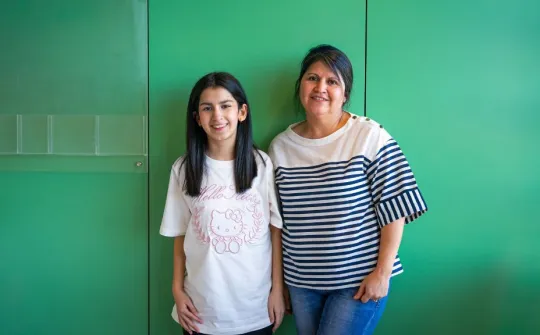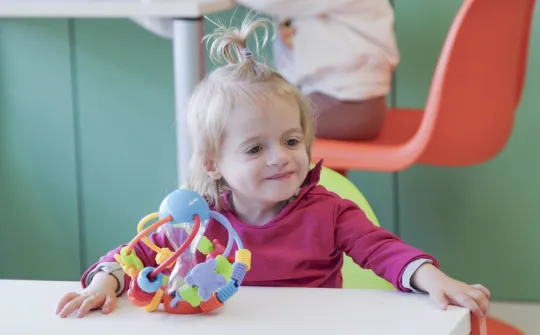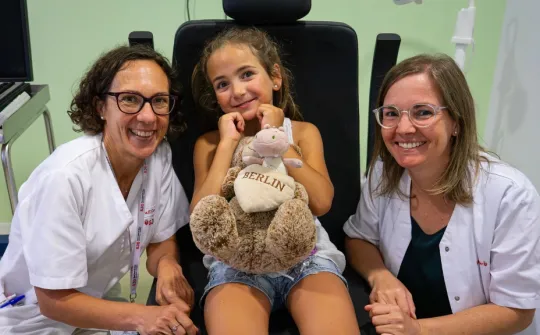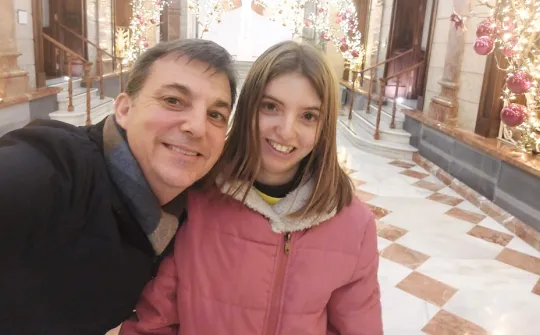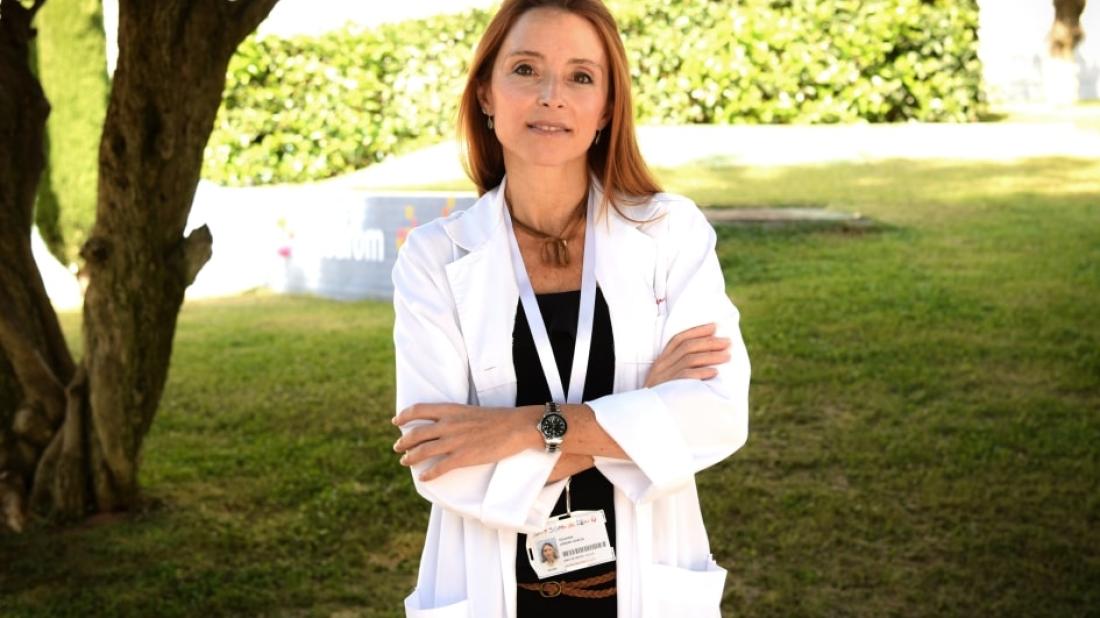
The Head of Studies at SJD Barcelona Children's Hospital until 2021, Iolanda Jordan, explains the evolution of MIR at the centre.
The Head of Studies of the SJD Barcelona Children's Hospital (between 2018 and 2021) did her residency in 1994. Iolanda Jordan says that, since then, both the educational methods and needs have changed and the residency specialisation in Pediatrics, Surgery and Gynaecology has multiplied. A process of constant change that the centre's Directorate of Teaching maintains for the training of the MIRs.
When did the “metamorphosis” of MIR in SJD Barcelona Children's Hospital begin?
In 2015, a process of administrative reorganization and consolidation of the training itineraries of our residents began, which lasted a couple of years. Since then, the different directorates have worked on plans for the teaching care and quality of life of our doctors at this stage of their training.
Did you like the idea of being in constant contact with the residents?
It is a task that has always motivated me, since throughout my day-to-day career I have worked very closely with them, particularly on shifts. Maintaining proximity to resident intern doctors has been a key element in directly finding out about their needs.
How would you describe the MIR training and work in our hospital?
The current programme allows you to acquire many skills in general and specialised areas. When I did my residency in this hospital, the model was different: the training was more aimed at general pediatrics. Currently, in reference centres such as ours, the focus has moved to a more specialised approach that coexists with global pediatric patient care.
Moreover, the resident learning was based mainly on healthcare teaching and now teaching aimed at skills and research has gained a lot of importance. Today, a specialty is not considered as such without specific and complementary training, apart from the experience.
Why was this teaching model chosen at the SJD Barcelona Children's Hospital?
In the surveys of a few years ago, the need to increase learning time through specific training was detected, not just the training acquired by working with patients and their families. Our MIRs wanted more teaching time and attention, but we realized that the format of the teaching should evolve.
After a thorough analysis we concluded that we should opt for more practical and attractive training, adapted to the students of the 21st century. To do this, we launched a plan with the cooperation of the heads of department, tutors and teaching staff, as well as the residents themselves.
Did this cooperation work?
We think so. We took stock of the changes we were implementing and it was decided to include the MIRs through the creation of a Council of Residents that sends us their proposals and participates in the decisions. In this council there are residents of Pediatrics, Obstetrics and Gynaecology, Surgery, Nursing (EIR) and other specialties. To respond to their demands, the "360º Resident" programme was created.
It sounds like an action plan.
It is exactly that, an action plan for residents to learn by working with us, to make their day-to-day life easier (as far as possible) through training and work improvements: we innovate in our teaching methods and take care of residents who take care of our patients.
Based on this programme, the practical training has been intensified with more simulation sessions, the online sessions have been enhanced (for example in the cross-plan courses) and tools have been offered for the care not only of children and their families. In this last area, we have worked on self-care and self-knowledge strategies of our MIRs. The resident medical interns are a group that suffers an undeniable physical and mental wear, which in our centre we try to prevent through this and other initiatives.
We have innovated in our online teaching, for example, organising a "room scape" about care in cases of sepsis, a gamified training session on genetics, simulating the Olympic Games, or the evaluation of our resident medical interns during actual patient care through the Mini-CEX methodology. Regarding the self-knowledge I mentioned earlier, we taught a communication course based on the Bridge model, a tool applicable to the interaction with patients and professionals at the Hospital.
They are many changes. Is there room to innovate?
Of course. Among our challenges for the future is the integration of all areas and specialties of residents through training and team building activities. Our goal is to maintain and increase clinical and scientific excellence, while working on care for residents. We have the same desire to continue evolving and learning as our MIRs.
